The people of India participated in large numbers in the Independence movement, which has been seen in various forms in Hindi cinema, along with the tragedy of Partition. The filmmakers who made movies soon after Independence saw it as their duty to bring various social issues to light, but many of them were about victims of injustice, or about one man’s rebellion. There have also been a fair number of political films produced in Bollywood, to the extent censorship allowed, a smattering of films about campus politics, a few about the Naxal movement, and quite a few about vigilantes seeking their own brand of violent justice. However, hardly any Hindi filmmaker has looked at popular uprisings – like the Narmada Bachao Andolan, the Chipko Movement, the Reservation Struggle, or various tribal uprisings.
There are, however, a handful of films that portrayed the mood of the masses. A pick of 10:
Neecha Nagar (1946):
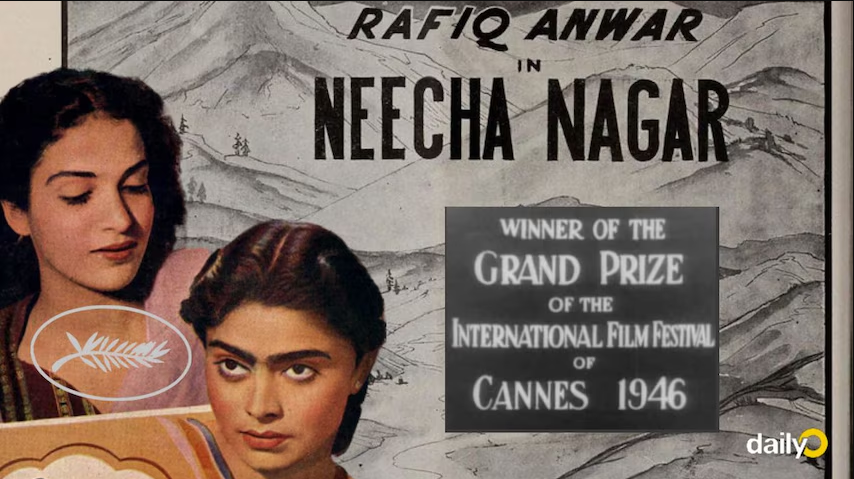
Image Courtesy: DialyO
Chetan Anand’s film is about the stark division of the poor who live in a squalid shanty called Neecha Nagar and the rich Sarkar (Rafi Peer), who lived in the enclave of the wealthy and wants to get rid of the poor, so that he can grab their land. Sarkar means government, so he represents the powerful establishment that cannot brook the rebellion whipped up by Balraj (Rafiq Anwar), who mobilises the people against Sarkar. The film was co-written by KA Abbas (with Hayatullah Ansari), the Leftist writer and director, who brought his humanist vision into many films, and was a frequent collaborator with Raj Kapoor. The film screened at the first Cannes Festival and was awarded the Grand Prix, along with the other entries at the start of the now legendary cinema event.
Nayak (2001):

In the Hindi remake of his own Tamil film, S. Shankar cast Anil Kapoor as Shivaji Gaekwad, a TV reporter, who, while interviewing the chief minister (Amrish Puri), provokes him so much that he is challenged to become CM for a day, and see if he can actually reform the state. Shivaji accepts the challenge, and proves that with political will, it is possible to achieve anything. His honesty and dynamism encourage the masses to support him, and after fighting off the goons sent by the corrupt CM, he stands for elections himself, so that he can continue the work he started. It was a far-fetched plot, and there are levels of inefficiency and corruption that are difficult to uproot, but it was a utopia worth hoping for.
Hazaron Khwahishen Aisi (2003):
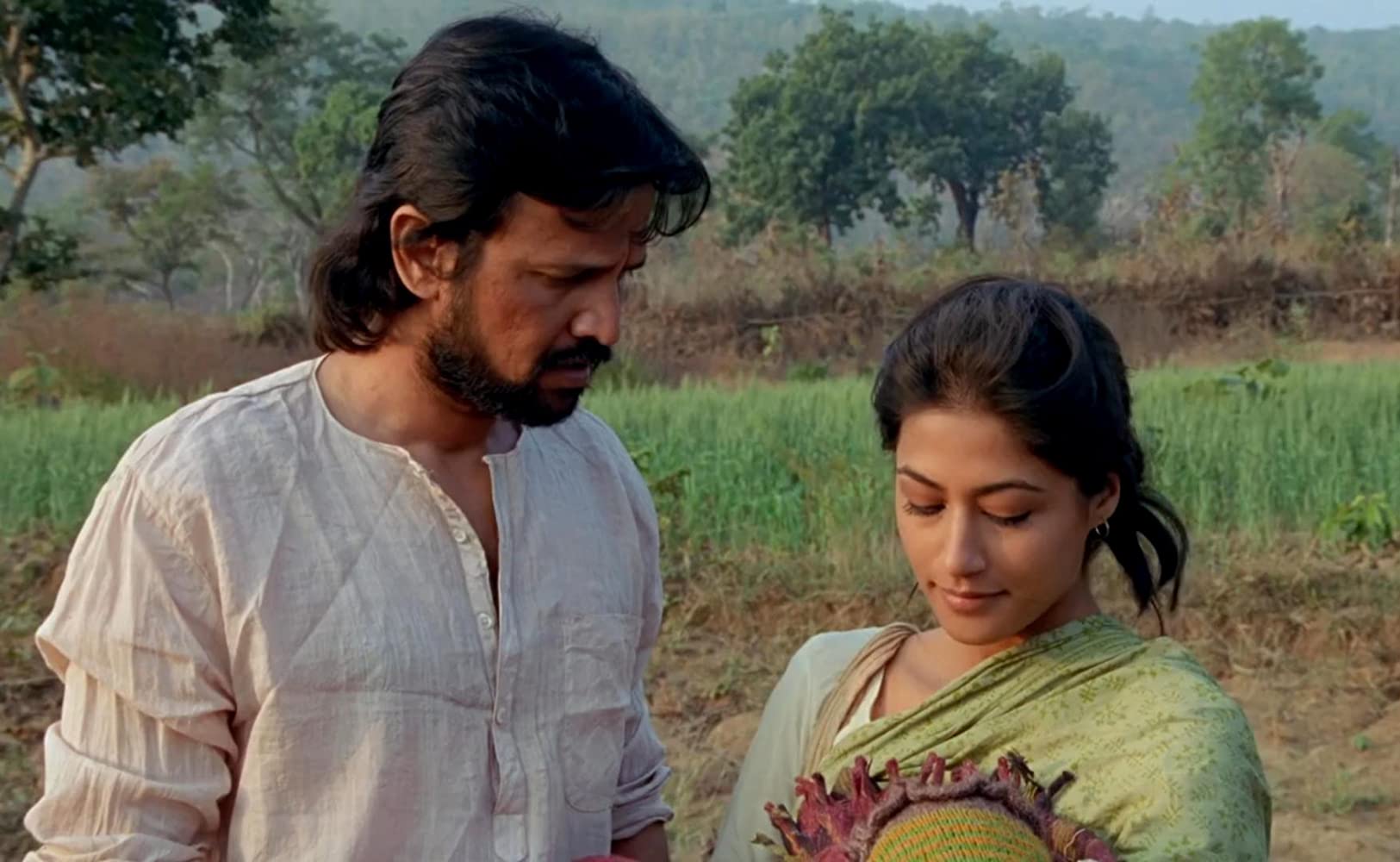
The Emergency had caused immense turbulence in India, and united the people against Indira Gandhi and the Congress, Sudhir Mishra’s political drama is about three characters, Geeta (Chitrangada Singh), Siddharth Tyabji (Kay Kay Menon) and Vikram Malhotra (Shiney Ahuja), who are caught up in the anti-Government movement in West Bengal by the left-wing Marxist and Communist parties. Later, when Emergency is declared and there is a crackdown on all dissent, Geeta joins Siddharth in the village, where he works among Naxals. He is the one who is eventually disillusioned by the revolution that failed the people and gives up, while Geeta and a now incapacitated Vikram stay on to continue the struggle. This was one of the finest political films made in the country, in which the heroes are ordinary people with a social conscience.
Rang De Basanti (2006):
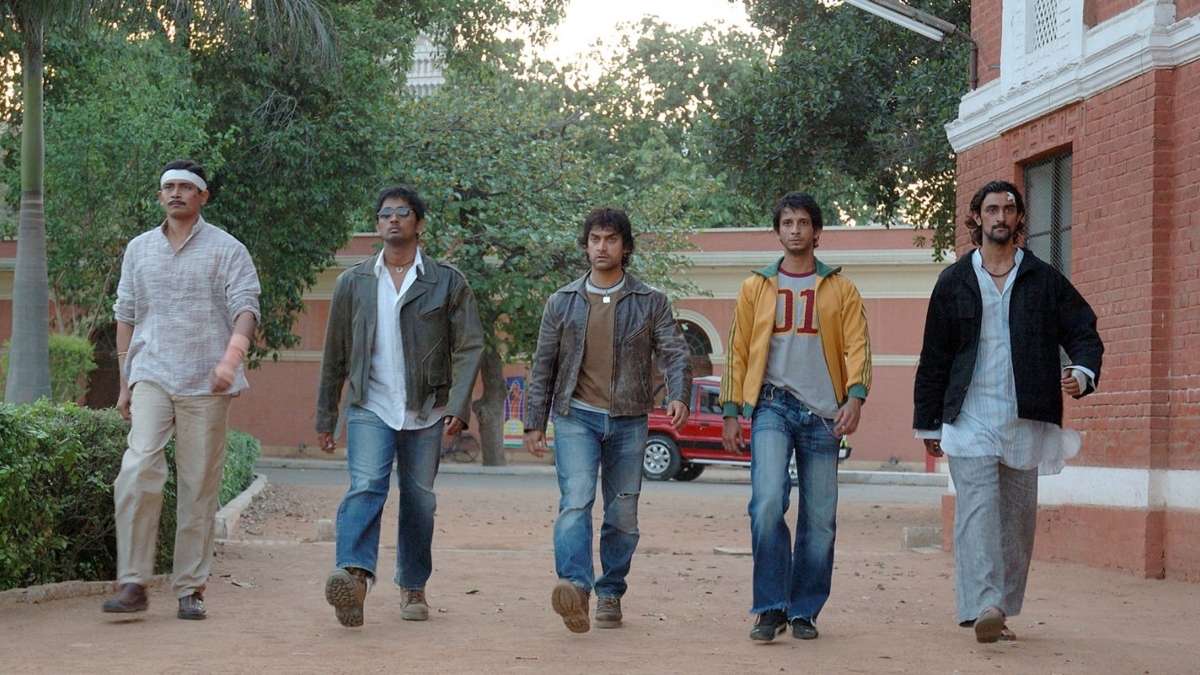
Image Courtesy: Indiatvnews.com
In Rakeysh Omprakash Mehra’s film, six college students, led by Daljit (Aamir Khan), participate in a documentary about Bhagat Singh and his band of revolutionaries. When one of their friends, an air force pilot, is killed in a military airplane crash, the group, already inspired by the story of the freedom struggle, protest against the corruption that allowed defective aircraft to be sold to the Indian armed forces. Their peaceful march is violently disrupted by the police, the boys resort to assassinations, and finally take over the studio of All India Radio to broadcast the truth to the public. The boys are killed but spark public demonstrations against corruption.
Peepli Live! (2010):
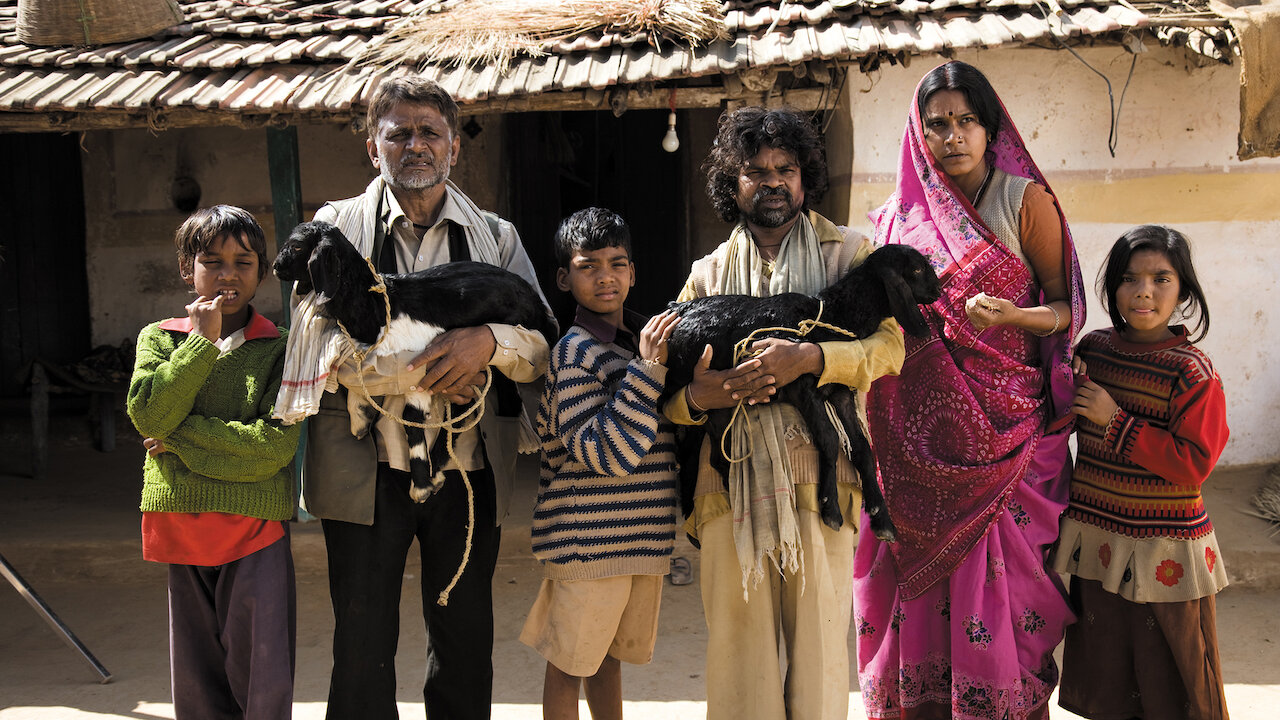
Rural poverty and farmer suicides is a recurring issue that has not received adequate attention in Hindi cinema. It is to the credit of Anusha Rizvi that she chose to make a realistic film set in rural India and saw it from the point of view of media insensitivity and venality. Natha (Omkar Das Mirpuri) and has no way to get his desperately poor family out of debt. He is told that the government gives compensation to the families of farmers who commit suicide, so he decides he will sacrifice his life for his family. A journalist overhears and soon there is a media circus outside his door, wanting to capture the suicide live. The film is a satire on political corruption and apathy—even the whipping up of public sympathy does not really change anything.
Aarakshan (2011):
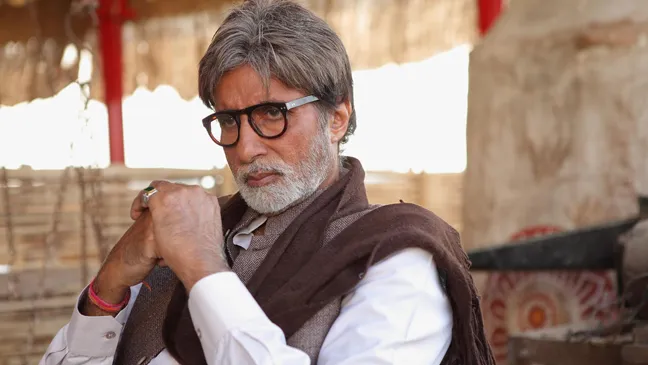
Image Courtesy: hollywoodreporter.com
The movement against caste-based reservations had in its time captured the imagination of the country. Prakash Jha picks contentious issues that have been plaguing his home state of Bihar, and sometimes other parts of the country. In this film, he tackles the reservation issue. There were calls to ban the film, but it did not actually take a stand for or against. It did, however, raise the equality flag and make a case for reforms in the education system. The upright principal of a college, Prabhakar Anand (Amitabh Bachchan) is seemingly in favour of reservation, though he is actually in favour of education and equal opportunities for all. The film whipped up enough drama, and at least showed that sometimes Bollywood can come out of its cocoon, and Saif Ali Khan can be miscast as a Dalit student, and carry off the role with ease.
Satyagraha (2013):
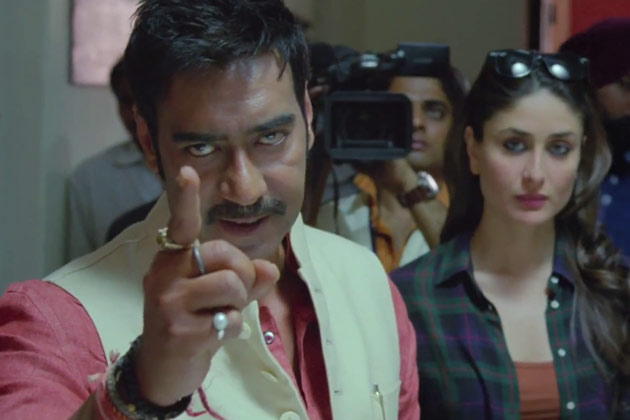
Image courtesy: aambar.wordpress
Prakash Jha’s film has at its centre, Dwarka Anand (Amitabh Bachchan), an idealistic retired teacher, whose son is killed in a road accident, which turns out to be murder, orchestrated by a politician, Balram (Manoj Bajpayee). The promised compensation never comes, and Dwarka is arrested for slapping the district magistrate. His son’s friend, Manav (Ajay Devgn) starts a campaign to release him, with the help of a student leader (Arjun Rampal) and a journalist (Kareena Kapoor), and gradually, an angry populace joins the agitation. Dwarka is released, but goes on a hunger strike to demand action on pending cases, and though the protest was meant to be peaceful, violence and riots ensue. Dwarka is killed, but Balram is arrested, and Manav holds out hope for an anti-corruption political party. The film is a heavily fictionalized account of Anna Hazare’s anti-corruption movement and the formation of the Aam Aadmi Party.
Kai Po Che (2013):
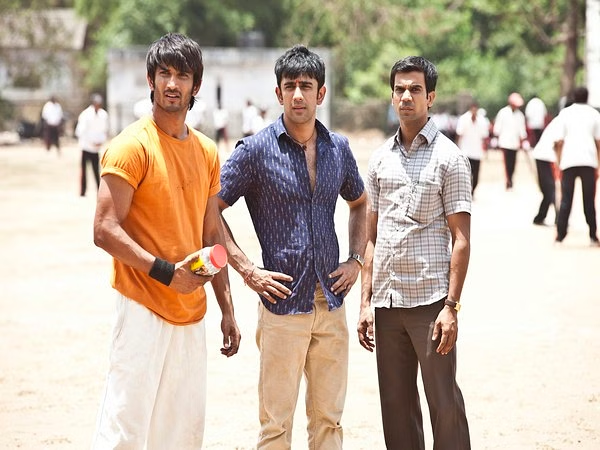
Image Courtesy: theprint.in
The cry of Kai Po Che, familiar to kite flyers, makes an attractive title for Abhishek Kapoor’s film, set in Gujarat and based on Chetan Bhagat’s 2008 novel, The Three Mistakes of My Life. It captures the ambitions and emotions of three friends, against the tumult of changing India and the two catastrophes that Gujarat suffered – the earthquake and the communal riots. Ishaan (Sushant Singh Rajput), Govind (Rajkummar Rao) and Omi (Amit Sadh) have a modest dream of setting up a sports goods store and cricket academy. Omi’s uncle Bittoo Joshi (Manav Kaul) is a politician with a right wing Hindu party, helpful with funds to enable the boys to set up their business. The upheavals start with the earthquake and then the Godhra episode and the riots in Gujarat. It was a time that severely polarized the country, and the tremors are still being felt.
Afwaah (2023):
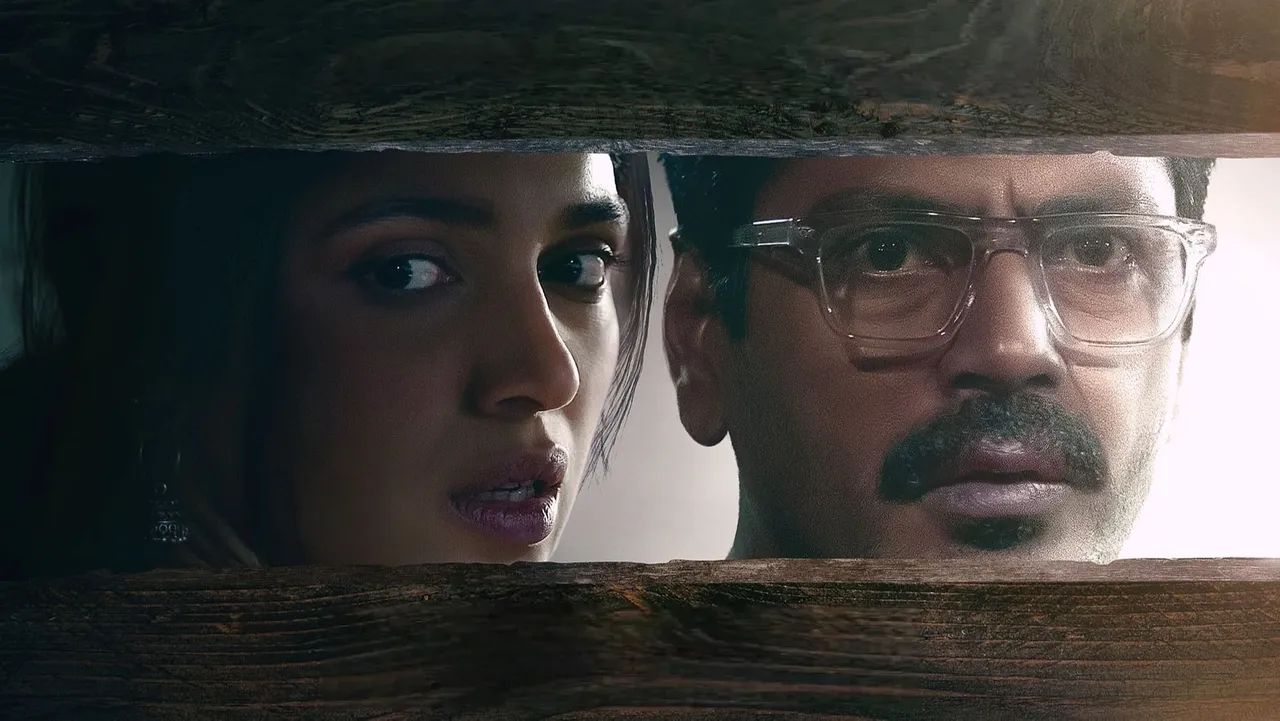
Sudhir Mishra picked up a lot of contemporary issues for his political thriller that criticizes how social media can be misused to instigate people, with fake news—just a phoney video of cow smuggling can send mobs into a frenzy. The two people caught in the web woven by a bunch of ruthless men are Rahab Ahmad (Nawazuddin Siddiqui), the American-returned, upper class Muslim man, who has the superior and mostly naïve idea that his campus talks are making a difference; and Nivedita ‘Nivi’ Singh (Bhumi Pednekar), daughter of a Rajasthan leader, being forced to marry Vikram (Sumeet Vyas) as part of a political alliance. Vikram’s election rally had ended in the stone-pelting riot and the on-camera murder of the butcher. Nivi is so horrified by it that she runs away from home, with Vikram’s men in pursuit. When innocent bystander Rahab intervenes, and rescues Nivi, he enters a nightmare of violence. Vikram’s social media minion spins it into a Love Jihad story, setting off gangs of bike-riding hounds. In these times hate is so easily whipped up and amplified on social media and mob violence organized for the wrong cause.
Indian 2 (2024):
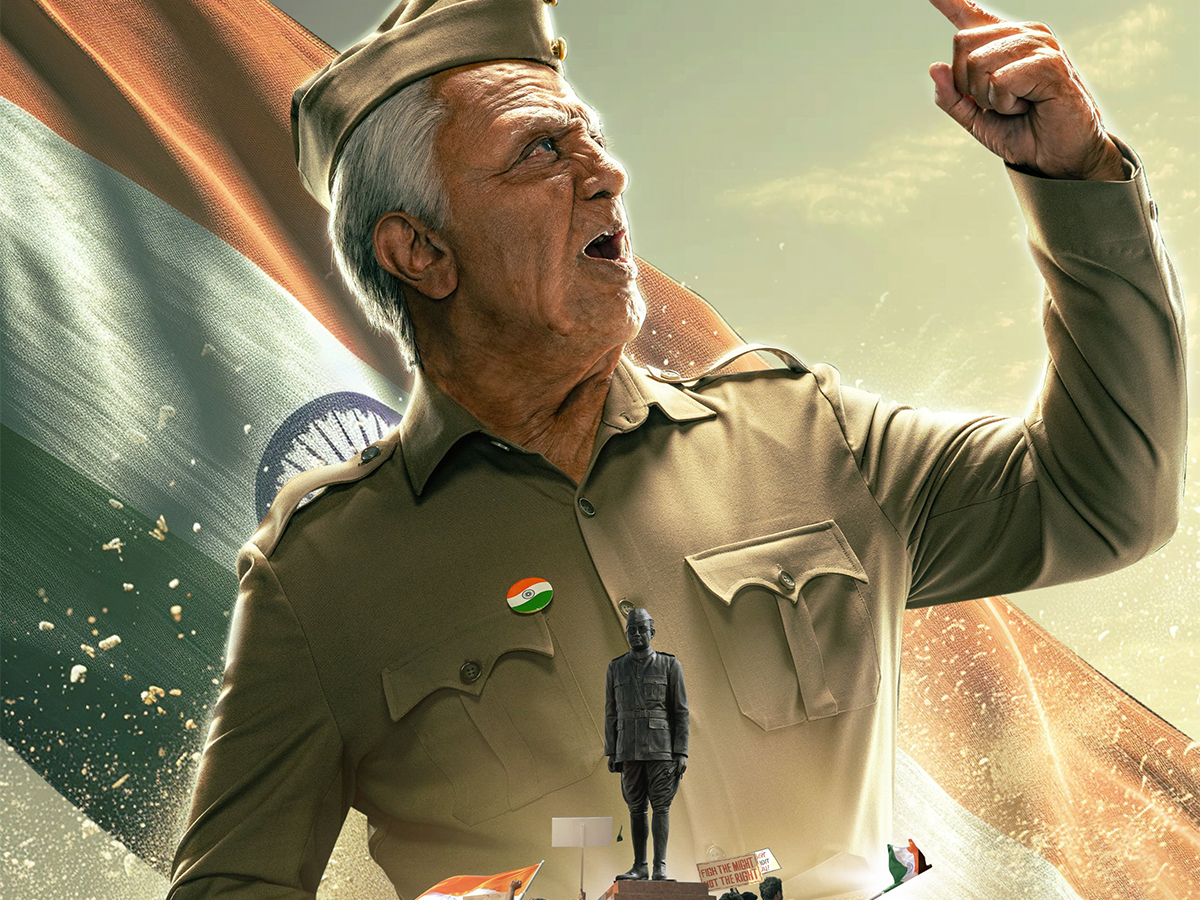
Image Courtsey: m9.news
In 1996, Kamal Haasan has slathered on prosthetics to play Senapathy, a vigilante who kills corrupt officials, and has the support of the helpless masses who have to put up with the tyranny of the powerful. 28 years later, he carries on his crusade. Four youngsters run a YouTube channel called Barking Dogs in Chennai, and create political satires. When a young woman dies by suicide, the team discovers that corrupt officials caused her death. They protest but are unable to achieve anything to punish those responsible. So, they launch a campaign “Come Back Indian,” because only Senapathy can put an end to the corruption. Senapathy escaped from India in the last film and is in Taipei, running a martial arts school. He is persuaded to return to inspire a new fight and galvanise the people into action again. Overblown and melodramatic, the film does arouse some nationalistic sentiment—to purge the country of evil.



